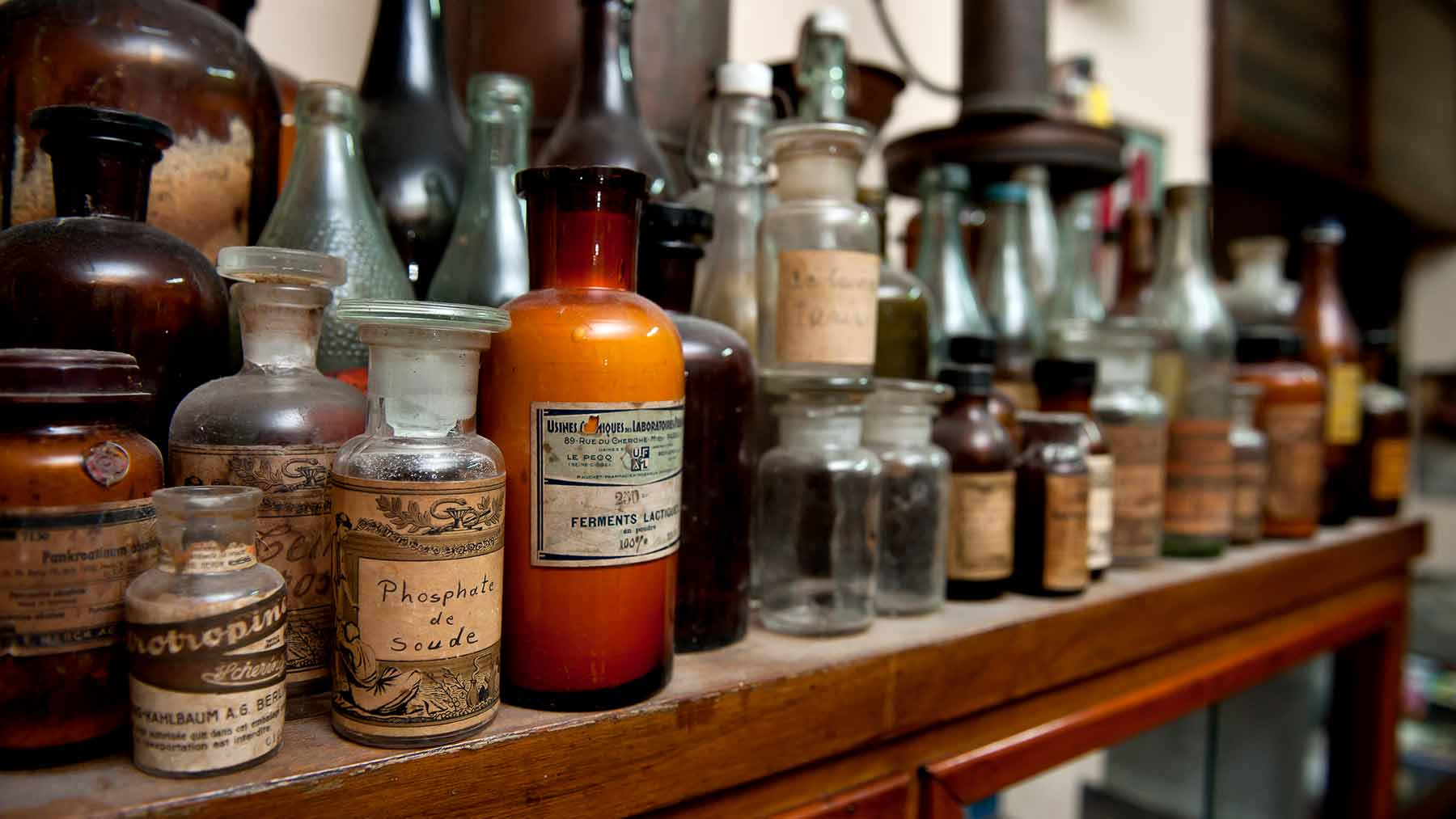8 old-fashioned medical remedies that are still being used

1. Leeches—Used for more than 3,000 years (since the early days of the Egyptians) to treat many nervous system abnormalities. Leech therapy is used now because leeches aren’t expensive and they’re simple to use. They’re used in plastic surgery and after microsurgery. Combined with an antibiotic, the leeches secrete anticoagulant molecules that enhance circulation and promote wound healing.
2. Penicillin—Discovered in 1928, this drug revolutionized the treatment of infection and also sparked a 100-year history of developing new and useful antibiotics. Originally discovered from the Penicillium mold that naturally produces penicillin, the drug grew in popularity at the end of WWII, since sulfa was in short supply and sometimes harmful.
3. Sulfa—Introduced in 1935 by Gerhard Domagk, sulfa, or sulfonamides, were the first compound shown to effectively treat infections. A chemical was added to sulfa as part of the production process of the late 1930s, killing dozens of children and adults across the United States and around the world. This prompted the federal government to amend the law in 1938 to require that all drugs be proven safe before marketing.
4. Aspirin—Marketed since 1899 for pain relief, this medicine has often been referred to as a “wonder drug” for its abilities to be used in a variety of situations. Aspirin has an effect on inflammation, and also the aggregation or stickiness of blood platelets. This makes it a great agent for thinning blood in various situations where blood clotting is a problem, such as heart attacks or blood clots in legs. However, using this medicine in children was shown to be a problem and caused a variety of adverse effects, which is why we see Tylenol used commonly in children for some of the same uses as aspirin.
5. Nitroglycerin—First used in 1867 to treat angina, this medicine is a very effective drug to relax veins and, sometimes, arteries going to the heart to relieve chest pain. It’s still effectively used today. It’s important for patients to make sure they don’t keep nitroglycerin for too long, as the potency will be reduced. It’s recommended that you change your nitroglycerin tablets out every six months or so to be assured of good potency.
6. Insulin—First identified in 1869, this medicine was first used in humans in 1920 to treat diabetes. Insulin is the mainstay of type 1 diabetes, and is also used when oral medicines don’t work in type 2 diabetes. Many forms of insulin have been developed since the original formulation. This drug has greatly improved the quality of life for patients with diabetes by slowing down the damaging changes that diabetes has on blood vessels and other organs.
7. Morphine—Derived from opium, morphine was first sold in 1827 to control pain. Morphine was the original synthetically manufactured opiate and it has powerful analgesic effects. When used properly, it’s improved the quality of life for many pain patients. Morphine is still used today and will continue to be an option for pain treatment in acute-care setting, such as post-surgery. While the opiate crisis has focused on drugs such as fentanyl and oxycodone, using morphine improperly will result in the same dangerous—and potentially lethal—side effects as fentanyl.
8. Digitalis—This drug is derived from the foxglove plant. If you saw a picture of this plant you’d be stunned by its beauty. Digitalis (Digoxin) in many form has been used to treat heart failure, heart rhythm problems and pulmonary hypertension. Digoxin was a popular physician prescription from the 1940s to the 1990s. In the 1990s, other more effective medications were introduced for heart failure and heart rhythm problems, and digitalis is no longer routinely used. However, some clinicians believe that small doses of digitalis make patients with heart problems feel better, so selective use of this drug continues. Digoxin requires close monitoring for toxicity.
What are “nostrums” and traveling medicine shows?




